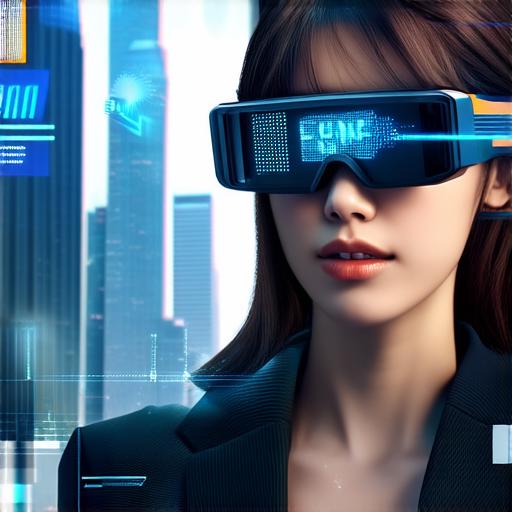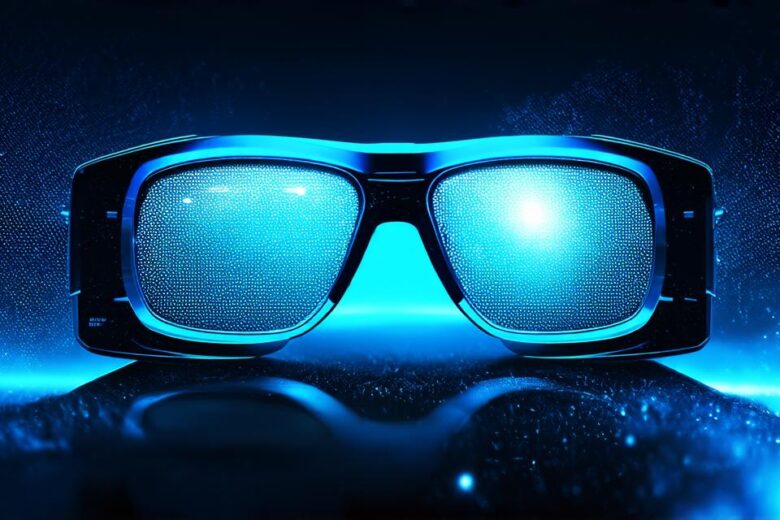What is Augmented Reality?
AR is a technology that superimposes digital information onto the real world. This means that AR systems can overlay virtual objects on top of physical objects or environments, creating a hybrid reality that blends the real world with the digital world. The result is an interactive and immersive experience that allows users to see and interact with virtual objects in a way that feels natural and intuitive.
How Does Augmented Reality Work?
AR works by using sensors and cameras on a device, such as a smartphone or tablet, to capture the real world around it. This data is then processed by AR software, which uses algorithms to create a virtual representation of the real world. This virtual representation is then overlaid onto the real world, creating an augmented reality experience.
AR systems can use a variety of sensors and cameras to capture data about the real world, including depth sensors, accelerometers, gyroscopes, and GPS. This data is used to create a 3D model of the environment, which is then overlaid with virtual objects that are placed in the correct position and orientation based on this data.
AR systems can also use computer vision algorithms to recognize real-world objects and track their movement. This allows AR systems to accurately place virtual objects on top of physical objects or environments, creating a seamless and immersive experience for the user.
Applications of Augmented Reality
AR has a wide range of applications in industries such as gaming, education, marketing, and healthcare. In gaming, AR allows players to interact with virtual objects in the real world, creating an engaging and immersive gaming experience. In education, AR can be used to enhance learning by providing interactive and engaging visualizations of complex concepts. In marketing, AR can be used to create interactive product demonstrations and virtual try-ons. In healthcare, AR can be used for surgical planning and training, allowing doctors and surgeons to practice procedures in a safe and controlled environment.
Conclusion

In conclusion, augmented reality refers to a technology that enhances the real world with computer-generated graphics, images, sounds, and other sensory inputs. AR allows users to interact with virtual objects in the real world, providing an immersive and engaging experience. AR has a wide range of applications in industries such as gaming, education, marketing, and healthcare, and is likely to continue to evolve and expand in the future.
